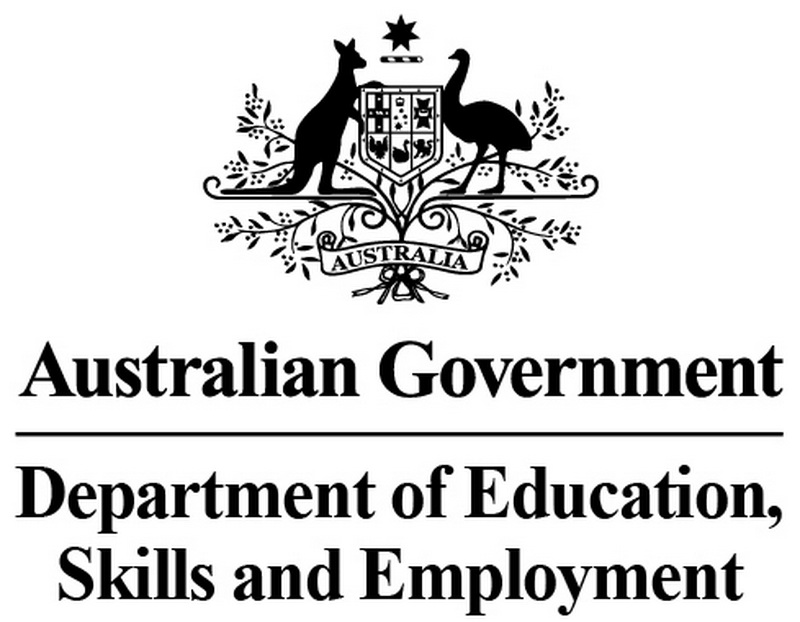A while ago a discussion paper was released to help shape the new National Skills Commission.
Consultation is over and the bill to establish it is going through parliament as we write. What is the Commission going to look like?
The National Skills Commission has an interim Chair
Adam Boyton was appointed interim National Skills Commissioner in October 2019 “to help establish a robust evidence base for reforms to our education and training system.” Adam was the Chief Economist at the Business Council of Australia and the Australian Chief Economist for Deutsche Bank.
Part of the process of forming the National Skills Commission. has been preparing a report summarising the consultations arising from the discussion paper. It is titled ‘This is what we heard’. Legislation is now before federal parliament, and you can take a look at that here.
The Australian Government has committed $48.3 million to establish a NSC “to provide national leadership for the VET system by overseeing the Australian Government’s investment in VET and driving long-term improvements to the system.” The NSC is due to be established on 1 July this year.
A lot of people contributed to thinking about this new body
In all, 536 people attended 13 workshops held in all capital cities and a number of regional locations. The workshops were complemented by 35 individual consultations with senior thought leaders from across the sector as well holding two roundtables with small and medium employers. Finally, 59 submissions responding to the discussion paper were received. The focus of the consultations and submissions were around its roles and responsibilities, the organisational capabilities it would need and governance.
In co-designing the NSC, this is what they heard
The roles
The various stakeholders consulted “proposed that the NSC provide strategic leadership across a broad range of areas, including VET policy, standards, funding and pricing, and improving linkages with other education sectors.” Many stakeholders also felt the NSC needed to stand above VET’s operational details. Overall, it should “lead skills and workforce development to meet the needs of Australia’s economy” rather than getting too hung up and focused on qualifications.
Broadly, it was seen as having roles in providing centralised VET information and skills forecasts, developing approaches to VET pricing that “balance consistency with local flexibility”, defining standards for high quality in VET and monitoring system performance, providing a new and more strategic approach to engaging with industry and other stakeholders, promoting the value of VET as a sector, and finally “providing oversight to a more effective training product development process.”
Its capabilities
To do all of this, stakeholders consulted felt that the NSC would need capabilities in leadership, data analysis, research and stakeholder engagement. Stakeholders also felt that “a well-respected and well-connected Commissioner was essential.” They also “thought it was important that the NSC be an enduring institution to support stability in the VET sector” and that it developed strong and effective relationships with a wide range of bodies and voices and that all the voices needed to be heard.
Governance
No preferred governance model emerged from the extensive consultations, although many agreed that the governance model would need to help ensure the Commission could endure. What it was felt was needed, though, was a model that “was not slowed down by multiple levels of reporting and accountability”, that recognised the shared nature of the VET system and that had “a close relationship with industry, to ensure skills analysis work reflects the changing labour market.”
The legislation also proposes the establishment of advisory committees to assist the Commissioner in their work. Members of these advisory committees would be appointed by the relevant Minister.








